
Jill musters a lot more excitement to be awake at 4am than i ever could. why so early? read on...
the way i look in the above picture pretty much describes how i feel when thinking back on the events of this day in Peru. this was the big one, the main reason we came, and if i hadn't had that look on my face it could have all gone wrong. you see, this picture was taken shortly before four in the morning while standing in the freezing cold waiting for a bus up to the base of Machu Picchu. even at that time the street was teeming with others headed up to the lost city of the Incas, and lines to get on one of the buses were long but mercifully not as loud as the nightclub next to our hotel had been all night.

getting close: the map of the Protected Cultural Area of Machu Picchu, just outside the entrance!
so we piled into one of several dozen identical short coaches that trundled off in file for the arduous switchback climb up the side of the mountains to get to the city base. light was just beginning to illuminate the valley as we hit the first hairpin turn, and had we been more awake we might have worried about the speed the driver still felt compelled to maintain around that bend, on a loose dirt surface no less. but all the concerns we had were focused on getting up to the entrance in time to be one of the few allowed to climb Huayna Picchu that day; a failure in this regard may also have ruined the trip, and it felt like we were cutting it pretty close.
soon enough however, a little after 6 am or so, we were standing in another long line, this time for the entrance, but now we were being told our small tripod looked like a professional model and would thus have to be checked for a small fee with some staff who wouldn't accept responsibility for actually protecting the object we were entrusting to them. there's really not much you can do about these things when you finally get to Machu Picchu though, it's so remote and there's such high demand for getting in that you can't even argue with the US $45 per person entrance fee. that's actually very reasonable when you think about what you're getting to see, but it sure feels steep for Peru.

the sun rises over the Guard House, which sits at the southern end of the complex, where the Inca Trail terminates. the main corpus of buildings lies below and to the left (north) of the terraces in the picture.
but all the frustrations and worries just melt away when you get inside and finally get to look out over the incredible sprawl that is Machu Picchu. it's pretty hard to describe how stunning it all is when you're finally seeing in person what you've only seen in pictures, even if you have seen a lot of them. Jill got me a great book months before we went to Peru, the Machu Picchu Guidebook, which is quite aptly subtitled "A Self-Guided Tour", dividing as it does the site onto several areas, or conjuntos, and describing each one in detail. even now, after poring over the book and visiting most of the conjuntos, it's quite strange to think that we were there at all, but that's why we took our own pictures:

Jill and i in the very very early morning sun with most of Machu Picchu behind us (looking north). the mountains immediately behind the buildings are said to resemble the profile of a face that is pointed toward the sky: the left-hand mountain is the chin, the taller one to the right is the nose, with a mouth in between and eyes in the shadows to the far right. the sign below gives their names: "Huchuypicchu" is the "small" chin, and "Waynapicchu" (Huayna Picchu) is the "big" nose.

by the time we finally got in the complex it was pretty light, though the sun hadn't yet risen over the surrounding Andes mountains. We made a beeline for the sacred mountains at the far north end of the complex, hoping to sign up to be among the lucky 400 souls that would get to climb the largest of the two, Huayna Picchu. we were numbers 218 and 219, which meant that we could climb, but would have to wait until 10 am to begin our ascent. this turned out to be a good thing because we had time to run back to the south end and see the first direct rays of sun hit the site.

the moon is still visible over the Temple of the Sun in this early morning shot. below, the sun climbs higher in the sky to generate this holy-land reminiscent (to me) image over a wall of one of the buildings in the popular district of the residential section of the complex.

those first rays of sun are pretty intense, and while the air is quickly warming up it starts to dawn on you where you are and how incredible this place is. Machu Picchu is on a high plateau with drops of a thousand feet or more down to the Urubamba River below. there are building complexes on the east and west of the narrow strip of grassy terraces that run several hundred feet from north to south through the whole site. the west side consists mainly of housing for the Incan nobles and sacred buildings and other worship structures such as altars, while the east side was apparently where the farmers and servants lived. on both sides, however, are incredibly steeply terraced strips of earth that were used for farming; even today there are no fences or guardrails and many of the terraces are higher than they are deep, giving a serious feeling of vertigo. it's hard to imagine working on those miniature fields all day, knowing that one false move could be your last.

looking at the west side of Machu Picchu from the south end shows both the precipitous drops from the terraces into the valley of the Rio Urubamba way below and the tremendously efficient use the Incas made of the space they had in this temperate summer retreat. below, one of the many llamas that wandered freely about the site, all of which were far more comfortable with the steep layouts than i was, not to mention a lot more agile to boot!
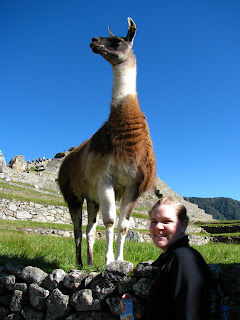
but shortly after our ten o'clock hike time came around, i realized we hadn't even conceived of steep yet. there was an easy trail past Huchuypicchu to the base of Huayna Picchu, the nose mountain, and then the trail just went strait up. literally. it was actually done in short switchbacks but we really and truly spent the next half hour or 45 minutes going almost straight up what felt like a cliff face. the steps were made of very tall, very uneven rocks and we would have to pause frequently to stop our quads burning. there were only very occasionally short lengths of rope or cable loosely tethered to the mountain to give a handhold, and honestly climbing Huayna Picchu was one of the most terrifying things i've ever done. several months removed from the experience it's easy to say i'd do it again, and without a doubt i'm glad i did, but i distinctly remember thinking at the time that there was no way i would ever ever make that climb again. i remember that very clearly.

one of the tamer stretches--really, these rocks are even and the straight-down drop is a few feet and not just inches away--of the Huayna Picchu climb. this part was actually on the way down, and we had to sit and scoot our bums down each step. the rest of the way was far too chilling to be taking out cameras to document the really serious stuff; people fall off the side of HP every year and you would only break a few very feeble plants before they would break your very long, last fall. but it really is worth the climb when you get to the top, and that top is so much higher up than you think. from here the whole complex of Machu Picchu looks tiny and you can see a few of the switchbacks the buses take to get to the base, along with a glimpse of the Inca Trail going off to the top left:

it was somewhere between noon and one when we got down and breathed a strong sigh of relief, which is quite funny given that we were still at the top of a very high mountain plateau--i suppose these things are relative. anyway, by this time, we were down to the last couple of swigs of our water and we had been told we couldn't bring any food into the complex, so our muscles had the jelly-quivering of overuse with no nutrients of any kind to get them to calm down. which only made watching all the people dropping their orange peels on the grounds the more annoying. seriously. Machu Picchu is heralded not just as a national treasure but as one of the "New Seven Wonders of the World", which i would agree is apt; but while the guards will whistle at you for stepping on the wrong rock, they don't seem to mind people littering all over the place.

amazingly, this is the only section of wall that is collapsing in all of Machu Picchu. archaeologists believe that this was a late building and was being erected in a hurry at the end of the empire, which led to the builders not preparing an adequate foundation. it does show the incredible fit the stonemasons were able to achieve, and the stone below, carved in situ, shows further the amazing talents they had. apparently, nobody knows exactly the methods that were used by the Incas to cut their rocks, and the tightness of fit of the rocks in their walls cannot be equalled even with modern tools: there are whole walls made without any kind of mortar that will not even allow for a butter knife to fit between two stones.

we had also been told that you couldn't leave Machu Picchu and reenter on the same ticket, so even though we were dehydrated and starving, we kicked it into high gear and jetted around to the rest of the conjuntos we wanted to see. of course, we found out later on that there was no such rule and they would have been happy to let us back in, but by the time we made this discovery we had seen all we wanted to anyway. in the end basically everything we had heard about the logistics of a Machu Picchu visit had been wrong, so if you ever go there just remember one thing: be flexible. i won't give a list of dos and don'ts, because i imagine that some of the misinformation is just due to people reporting their experiences of visits on different days, when the caprice of some guard or gatekeeper could have kept them from taking in food or allowed a tripod bigger than ours. who knows?

some of the many "image stones" around the Machu Picchu complex, including the famous "Intiwatana", or "hitching post of the sun", at top right, and a pointing arrow stone at bottom right. the Incas believed their gods inhabited the surrounding mountains, and so carved many stones in ways more or less impressionistic to turn their attention to the hills. below, another gratuitous shot for our "icon" picture collection.

so after getting the last of our many many pictures--i think we had 300-400 between us--we left as fast as our tired legs could carry us in search of food. trouble was, the only thing at the top of the plateau, thus on our side of a reasonably lengthy bus ride, is a single hotel, which is home to just one very overpriced restaurant. but in the state we were in it seemed far better to break out the plastic and grab some grub, even if it did cost the better part of 70 US Dollars! at least it was a buffet and they had cold Inca Kola on tap, i must have drunk almost my own body weight. they had more than enough food to get us going again but some of it wasn't too much to Jill's liking; though not always, in this case it was a good thing for me that i eat pretty much anything. so we ate and rested long enough to stop shaking and then boarded the bus for the valley town below.

some of our food and Inca Kola at the hotel restaurant. as you can tell, we have rarely been so happy to eat. below, back down in the Urubamba Valley, where the train terminates in the remote town of Aguas Calientes, which is also known as Machu Picchu Peublo, or village. we had to stay here two nights due to the train schedules and having to get up so early.

once back down in Aguas Calientes, we decided to take a look around, as we had been unable to the first night because our bedtime was so early. like we were, it is a sleepy town, so we got some snacks and watched a local football (that's soccer, for the Americans) match for a while. this was the first place i had seen chicha morada, a Peruvian drink made of purple corn, so i had to have some. it was good but strange, a little like red grape juice but with a funny aftertaste. i didn't ever get a second bottle; it wasn't that bad but Inca Kola is definitely where it's at in terms of Peruvian beverages.

the native costumes aren't so much costumes, this is the way many people really dress. we would often see women in these very tall hats, and they always wear very thick stockings--it gets very cold up here at six or seven thousand feet.
and then after some food it was off to another eight o'clock bedtime in the tiny secluded town of Aguas Calientes. it could have been the anticipation of Machu Picchu or the thumping bass from the nightclub next door to our hotel that kept me awake much of our first night there, but on the second i was truly tuckered out and slept like a baby. no more bleary-eyed, dopey-looking pictures of me on this blog for a while.





































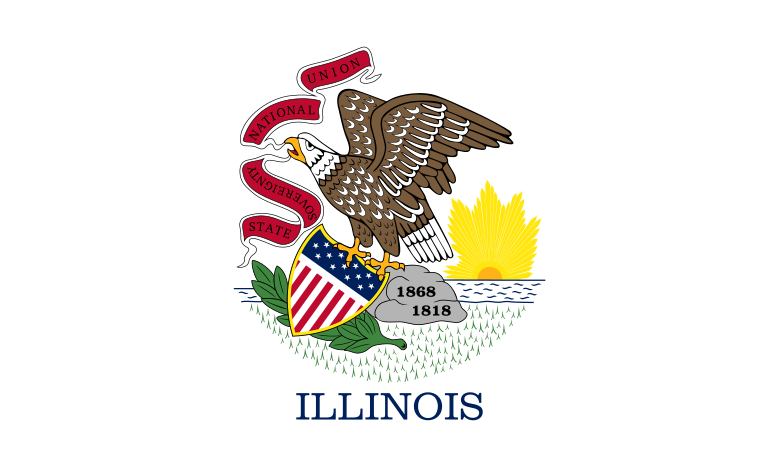




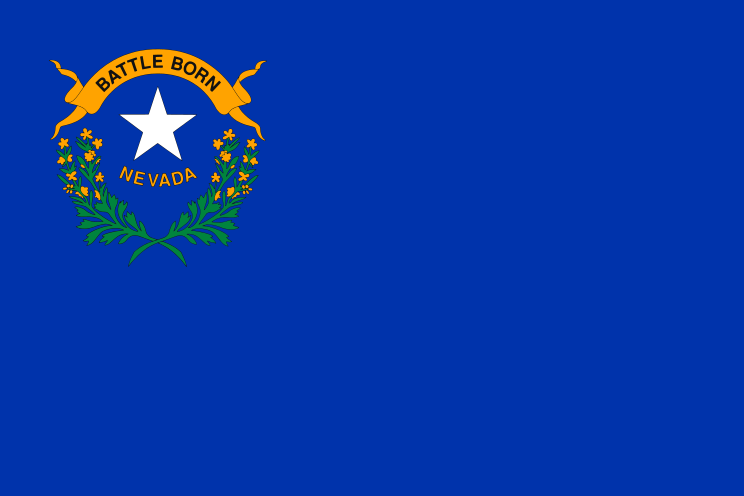




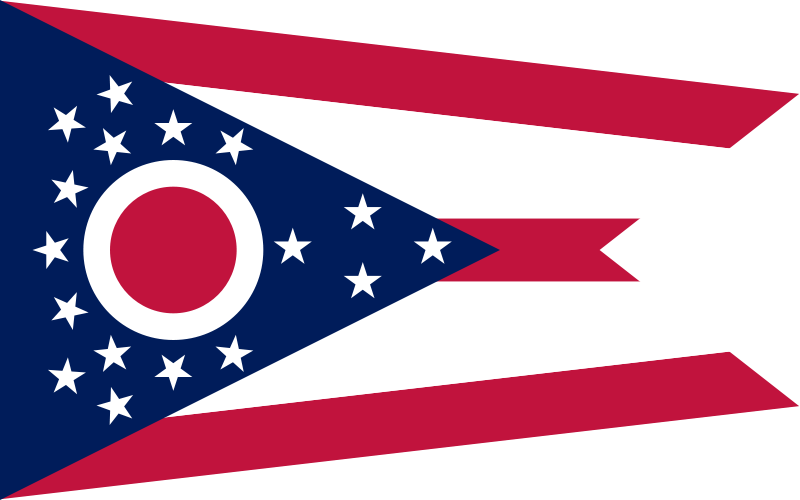

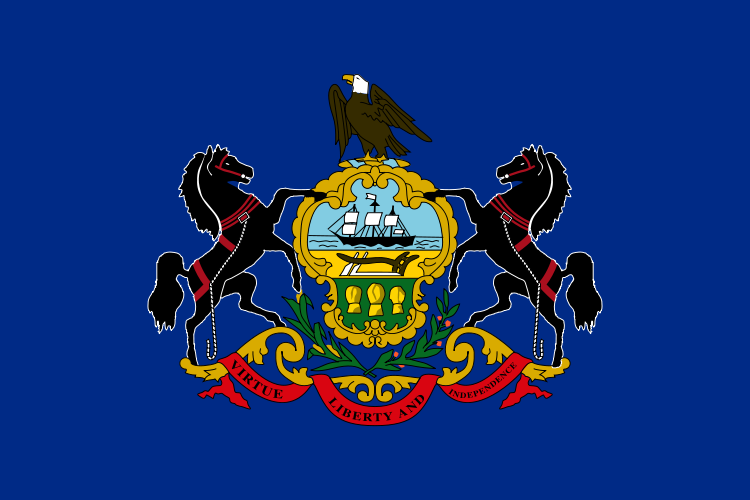





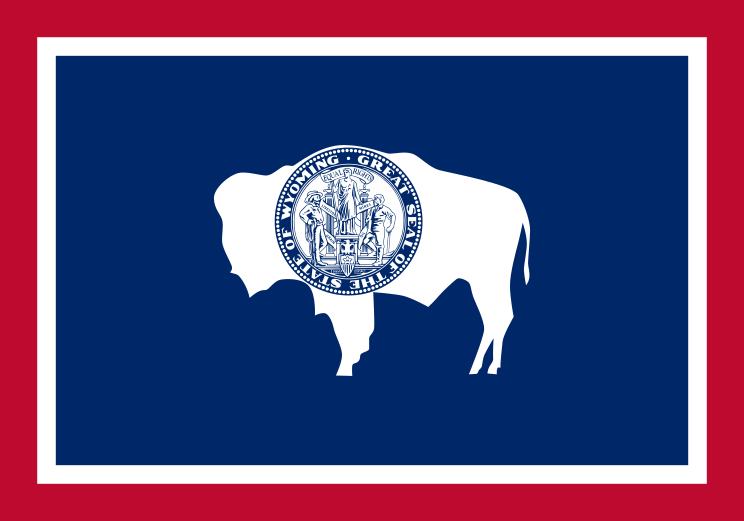
No comments:
Post a Comment